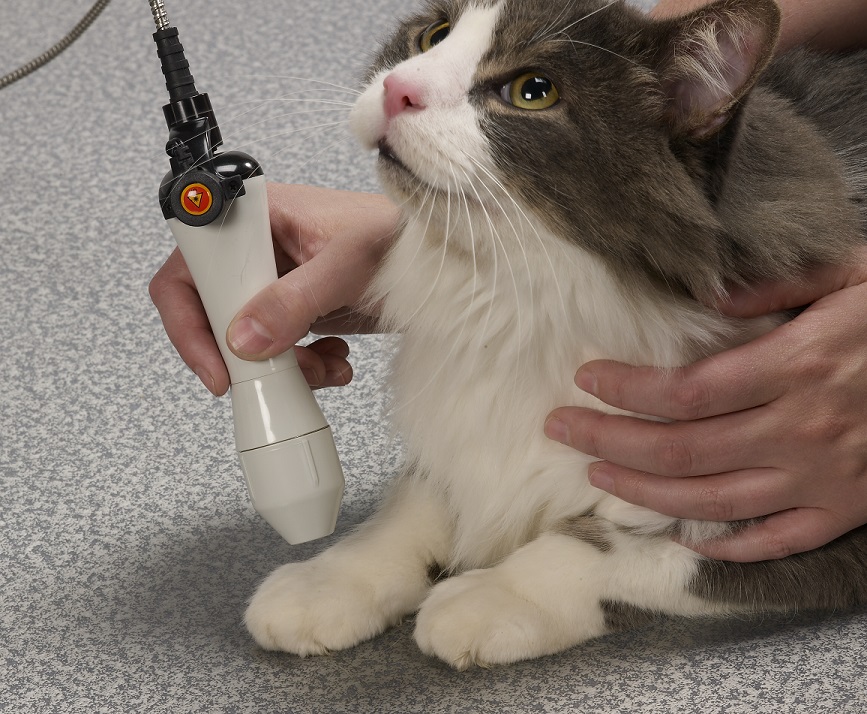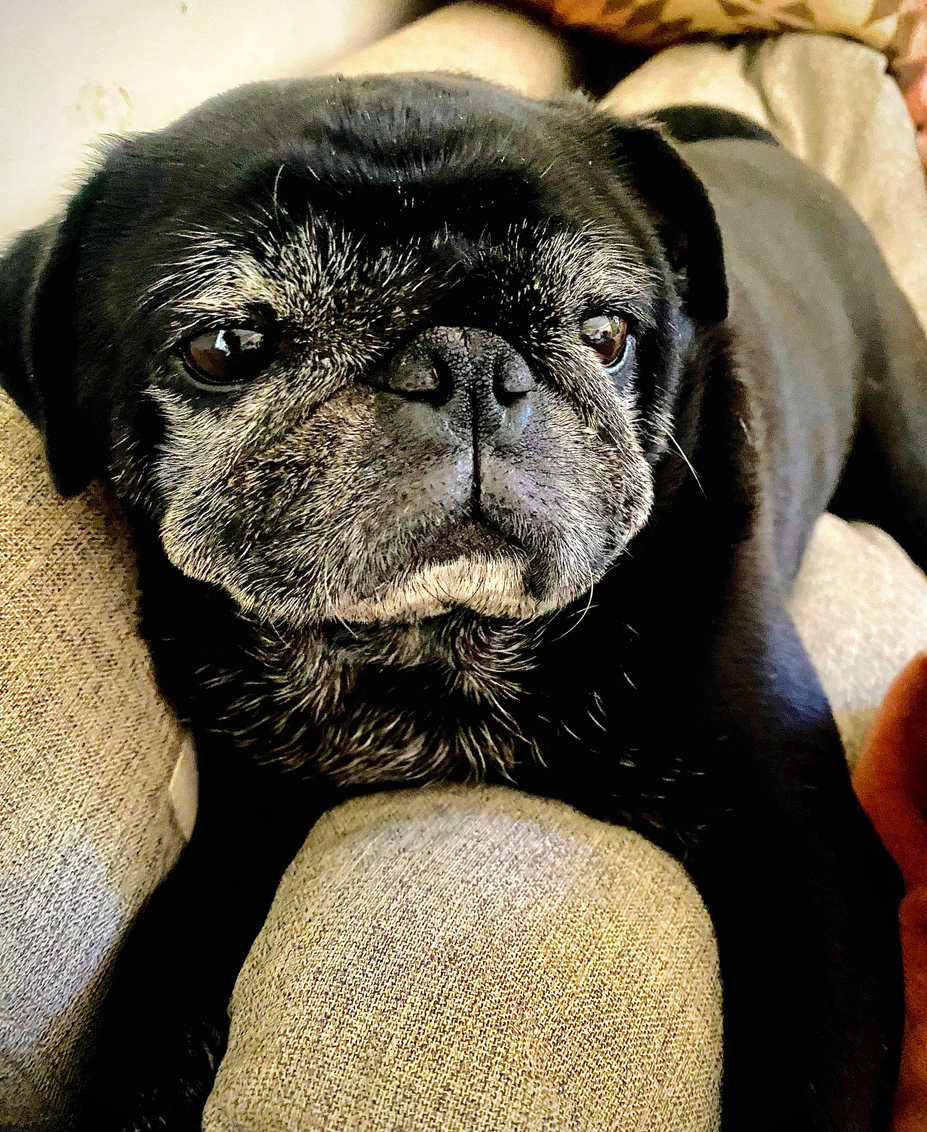Therapeutic Laser
What is Low Level Laser Therapy?
Therapeutic laser, often refrred to as “low-level” or “cold” laser, is the application of light energy to areas of the body to stimulate healing. This light–tissue interaction is called photobiomodulation
The word “laser” originated as an acronym for light amplification by stimulated emission of radiation. Laser light is different from “normal” light because it is of a single wavelength and it is focused (concentrated). The wavelength influences the biological effects of the therapeutic laser and is measured in nanometers (nm). The wavelength also determines the depth of penetration into the body’s tissues. Most medical laser applications use light wavelengths ranging from visible red to infrared. The shorter, visible wavelengths penetrate tissue to a shallower depth, whereas longer, infrared wavelengths penetrate deeper into tissue.
What types of conditions benefit from therapeutic laser?
The most common applications for therapeutic laser include muscular sprain/strain and the resultant pain, osteoarthritis (laser treatment over joints and muscles that are painful), post-operative application around incisions, wounds (to stimulate and accelerate healing) and any situation in which the pet is experiencing musculoskeletal pain.How does therapeutic laser work?
Photobiomodulation (the laser–tissue interaction) creates many consequences in the body’s cells, with the most significant being reduction of pain and enhancement of healing. For example, therapeutic laser reduces pain by decreasing inflammation, as well as by decreasing tissue chemicals that stimulate pain and by affecting nerve conduction. Therapeutic laser also enhances healing by increasing microcirculation (blood flow through the smaller blood vessels of the body), stimulating cellular activity, and increasing growth factors.Are all therapeutic lasers the same?
Therapeutic lasers are not all the same. The two classes of therapeutic laser in common use are class III and class IV. Class III therapeutic lasers are lower powered and typically use shorter wavelengths. Class IV therapeutic lasers are higher powered and use longer wavelengths. Different powered lasers will take different amounts of time to deliver the treatment dose of light energy. A higher-power laser translates to a shorter treatment time overall.
How is the dose of light energy calculated, and how is it then delivered to the patient?
The therapeutic laser dose is expressed in joules of energy delivered at the skin surface. The dose is calculated by taking into consideration the type of laser equipment being used, the surface area of the affected body part, and the size of the patient. The dosage to treat deep tissues largely depends on patient size; for example, the bigger and bulkier the patient, the higher the concentration of energy needed. The laser dosage for treating superficial conditions is more consistent for many patients, regardless of size.
Once the dose of laser energy at the surface is determined, the surface area over the tissue to be treated is measured. With class III therapeutic lasers, the laser handpiece is typically moved around the area to be treated in a grid pattern; the handpiece remains in each spot until a certain number of joules of energy are delivered. The higher-power density of a class IV therapeutic laser means that the handpiece should remain in fairly constant motion, “painting” the surface of the treatment area in a systematic pattern.



